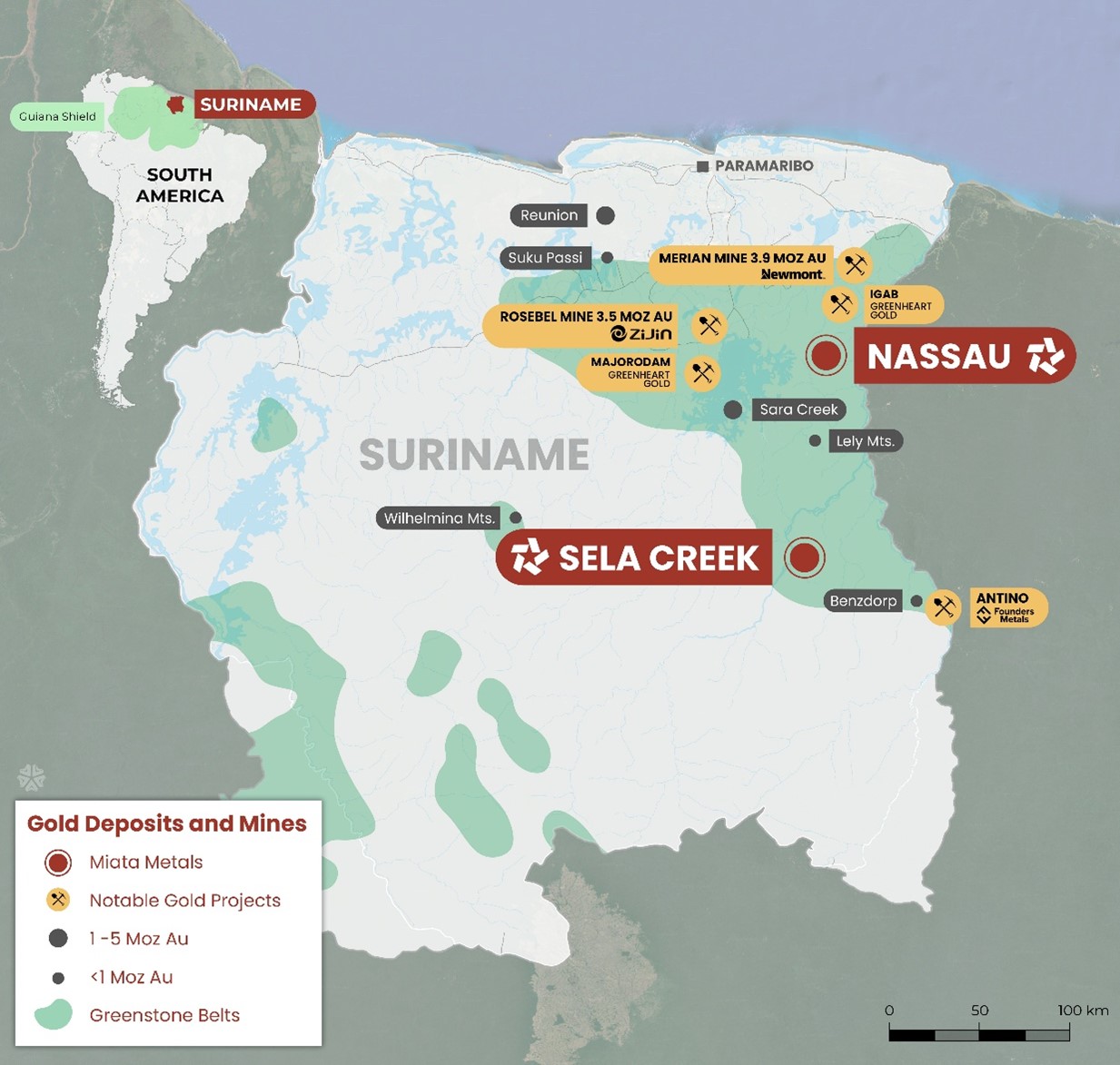Microchip’s RTG4™ FPGAs with Lead-Free Flip-Chip Bumps Achieve Highest Space Qualification
QML Class V designation recognizes exceptional reliability and longevity for critical space missions
CHANDLER, Ariz., Oct. 17, 2024 (GLOBE NEWSWIRE) — Satisfying mission assurance requirements for the most critical space programs, Microchip Technology’s (Nasdaq: MCHP) Radiation-Tolerant (RT) RTG4™ Field- Programmable Gate Arrays (FPGAs) with lead-free flip-chip bumps have earned the Qualified Manufacturers List (QML) Class V status. As designated by the Defense Logistics Agency (DLA), QML Class V is the highest level of qualification for space components and a necessary step to satisfy mission assurance requirements on the most critical space missions such as human-rated, deep space and national security programs. Because QML qualifications are standardized based on specific performance and quality requirements governed by the DLA, customers can streamline their design and certification processes by using QML-qualified products.
In 2018, RTG4 FPGAs became the first RT FPGAs offering more than 150,000 logic elements to achieve a QML Class V qualification, and this next-generation solution with lead-free flip-chip bumps is the first of its kind to achieve QML Class V status. In advanced flip-chip package construction, such as that used in the RTG4 FPGA, flip-chip bumps are utilized to connect the silicon die and the package substrate. Lead-free bump material will help extend the longevity of the product, which is critical to space missions.
“This is another milestone for our RTG4 FPGAs that will provide customers with added confidence in designing these devices in space flight systems, while allowing them to take advantage of our high-reliability, zero-configuration-upset and low-power consumption FPGAs,” said Bruce Weyer, corporate vice president for Microchip’s FPGA business unit. “For more than 60 years, Microchip solutions have powered space flight missions, and we are dedicated to product longevity and providing the highest quality solutions.”
RTG4 FPGAs are designed to bring high levels of density and performance to space applications, saving cost and engineering efforts through low power consumption and immunity to configuration upsets. Unlike SRAM-based FPGA alternatives, the programming technology used in RTG4 FPGAs provides low static power, which assists in managing thermal issues common in spacecraft. RTG4 FPGAs consume only a fraction of the total power compared to equivalent SRAM FPGAs, while exhibiting zero configuration upsets in radiation and thus requiring no mitigation, reducing engineering expenses and total system costs.
To achieve QML Class V qualification, the RTG4 FPGA with lead-free bump has undergone extensive reliability testing, enduring up to 2,000 thermal cycles from −65°C to 150°C junction temperature. The lead-free flip-chip bump interface connections passed MIL-PRF-38535 inspection criteria and exhibited no signs of tin whiskers. The flip-chip bump is inside the FPGA package, so there is no impact on the user’s design, reflow profile, thermal management or board assembly flow when converting to lead-free bump RTG4 FPGAs.
Microchip boasts one of the industry’s most comprehensive space product portfolios of radiation-hardened and RT solutions that include QML Class Q RT PolarFire® FPGAs and sub-QML FPGAs that bridge the gap between traditional Qualified Manufacturers List (QML) components and Commercial Off-The-Shelf (COTS) components. For a comprehensive listing of Microchip FPGA and mixed-signal part numbers alongside their corresponding Defense Logistics Agency (DLA) drawing numbers, please refer to the DLA Cross Reference Guide.
Development Tools
The RTG4 FPGAs are supported by development kits, mechanical samples and daisy chain packages for board validation and testing. Libero® SoC Design Suite enables RTL entry through programming and includes a rich IP library, complete reference designs and development kits.
Availability
For additional information or to purchase, contact a Microchip sales representative, authorized worldwide distributor or visit Microchip’s Purchasing and Client Services website, www.microchipdirect.com.
Resources
High-res images available through Flickr (feel free to publish):
- Application Image: https://www.flickr.com/photos/microchiptechnology/54037604837/sizes/l/
About Microchip:
Microchip Technology Inc. is a leading provider of smart, connected and secure embedded control and processing solutions. Its easy-to-use development tools and comprehensive product portfolio enable customers to create optimal designs which reduce risk while lowering total system cost and time to market. The company’s solutions serve approximately 123,000 customers across the industrial, automotive, consumer, aerospace and defense, communications and computing markets. Headquartered in Chandler, Arizona, Microchip offers outstanding technical support along with dependable delivery and quality. For more information, visit the Microchip website at www.microchip.com.
Note: The Microchip name and logo, the Microchip logo, Libero and PolarFire are registered trademarks of Microchip Technology Incorporated in the U.S.A. and other countries. All other trademarks are the property of their respective companies.
| Editorial Contact: | Reader Inquiries: |
| Amber Liptai | 1-888-624-7435 |
| 480-792-5047 | |
| amber.liptai@microchip.com |
















